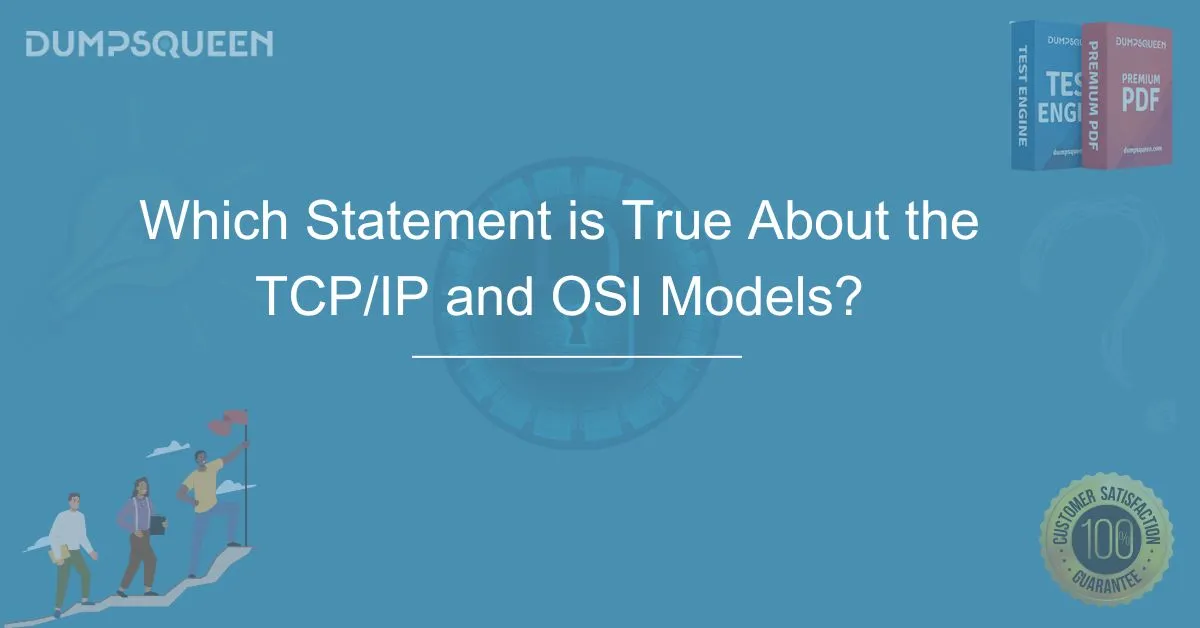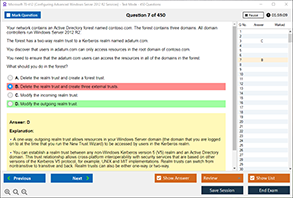Introduction
In networking, understanding the TCP/IP and OSI models is essential for anyone aiming to build expertise in this field. These models serve as frameworks to guide the design, implementation, and troubleshooting of networks. The OSI (Open Systems Interconnection) model and TCP/IP (Transmission Control Protocol/Internet Protocol) model are two key reference models used to standardize communication in network systems.
While both models are pivotal in the world of networking, they differ in their structure, approach, and implementation. As technology has evolved, TCP/IP has emerged as the more widely adopted model for the internet, while OSI provides a more detailed theoretical understanding of how network communication operates.
1. Overview of the OSI Model
The OSI model was developed by the International Organization for Standardization (ISO) and is composed of seven layers. These layers represent a conceptual framework that defines the functions necessary for network communication.
Here is a brief overview of the seven layers of the OSI model:
- Physical Layer – Deals with the transmission of raw data bits over physical media.
- Data Link Layer – Responsible for node-to-node data transfer and error detection/correction.
- Network Layer – Handles packet forwarding, routing, and addressing (e.g., IP addresses).
- Transport Layer – Ensures reliable data transfer through flow control, error correction, and segmentation (e.g., TCP, UDP).
- Session Layer – Manages sessions or connections between applications.
- Presentation Layer – Ensures data is in a usable format (e.g., encryption, compression).
- Application Layer – Provides network services directly to end-users (e.g., HTTP, FTP, DNS).
2. Overview of the TCP/IP Model
The TCP/IP model, on the other hand, is a more simplified model primarily used for internet communication. Developed by the United States Department of Defense (DoD), it comprises four layers:
- Link Layer – Similar to the Data Link and Physical Layers of the OSI model, this layer is responsible for the network interface and physical transmission of data.
- Internet Layer – Analogous to the Network Layer in OSI, this layer handles packet routing and addressing, notably through the Internet Protocol (IP).
- Transport Layer – This layer manages end-to-end communication, including protocols such as TCP and UDP.
- Application Layer – This layer encompasses the Application, Presentation, and Session layers from the OSI model and provides end-to-end communication for network services.
3. Key Differences Between the OSI and TCP/IP Models
While both models serve similar purposes, they differ in their approach to defining networking functions:
- Layer Structure: The OSI model uses seven layers, while the TCP/IP model uses only four layers.
- Focus and Flexibility: The OSI model is a more comprehensive theoretical framework, while TCP/IP is more focused on practical implementation, especially in the context of the internet.
- Adoption: TCP/IP is the de facto standard for internet communication, while the OSI model is mainly used for educational purposes and as a reference model.
4. Key Similarities Between the OSI and TCP/IP Models
Despite the differences, there are some notable similarities:
- End-to-End Communication: Both models emphasize the importance of end-to-end communication and data transfer.
- Layered Architecture: Both models break down the complex process of network communication into manageable layers for easier troubleshooting and implementation.
- Standardization: Both models have played a significant role in setting network standards, ensuring compatibility and interoperability between devices and applications.
5. True Statements About the TCP/IP and OSI Models
Here are some true statements regarding the TCP/IP and OSI models:
-
The OSI Model is a Conceptual Framework, While the TCP/IP Model is a Practical Implementation: The OSI model is primarily used for understanding the various layers of network communication, while the TCP/IP model was developed with real-world internet applications in mind.
-
The TCP/IP Model Has Fewer Layers Than the OSI Model: The OSI model contains seven layers, while the TCP/IP model condenses these into four layers, making it more streamlined for practical use.
-
Both Models Enable End-to-End Communication: Both the OSI and TCP/IP models provide a clear pathway for data to travel from the source to the destination, regardless of the underlying technology.
-
The OSI Model is More Detailed and Theoretical: The OSI model provides a more granular approach to network communication, dividing the process into seven distinct layers. TCP/IP is more focused on practical application and has fewer layers.
6. Real-World Applications of the OSI and TCP/IP Models
While the OSI model is often taught as a theoretical framework in academic settings, TCP/IP is the model that drives real-world internet communication. Nearly all internet communication today uses TCP/IP protocols, with applications like HTTP, FTP, and DNS relying on the model for reliable and secure data exchange.
The OSI model, however, plays a crucial role in networking education. It helps students and professionals better understand how data flows through a network and the individual functions each layer performs. Its detailed structure is useful when troubleshooting complex network issues and ensuring that systems are properly configured.
7. Why Understanding Both Models is Crucial for Networking Professionals
For anyone working in networking, it is essential to understand both the OSI and TCP/IP models. While the TCP/IP model is more practical for real-world applications, the OSI model provides a more granular breakdown of network processes, which can be invaluable in specific troubleshooting scenarios. By understanding both models, networking professionals can gain a deeper insight into how networks operate and how to ensure their designs and configurations are optimal for reliability and efficiency.
Conclusion
In conclusion, both the OSI and TCP/IP models are integral to the world of networking, each serving different purposes in the understanding and implementation of network communication. The OSI model offers a detailed theoretical perspective with seven distinct layers, while the TCP/IP model is the practical standard used for internet communication with just four layers. Understanding the differences and similarities between the two is crucial for anyone looking to pursue a career in networking, as it provides valuable insights into how data flows across networks and how systems communicate.
Free Sample Questions
Which of the following is true about the OSI and TCP/IP models?
A) The OSI model has fewer layers than the TCP/IP model
B) Both models are used to standardize network communication
C) TCP/IP is only used in academic settings
D) The OSI model is primarily focused on real-world internet applications
Answer: B) Both models are used to standardize network communication
How many layers are in the TCP/IP model?
A) 7 layers
B) 4 layers
C) 5 layers
D) 6 layers
Answer: B) 4 layers
Which layer of the OSI model is responsible for end-to-end communication?
A) Data Link Layer
B) Transport Layer
C) Network Layer
D) Application Layer
Answer: B) Transport Layer




